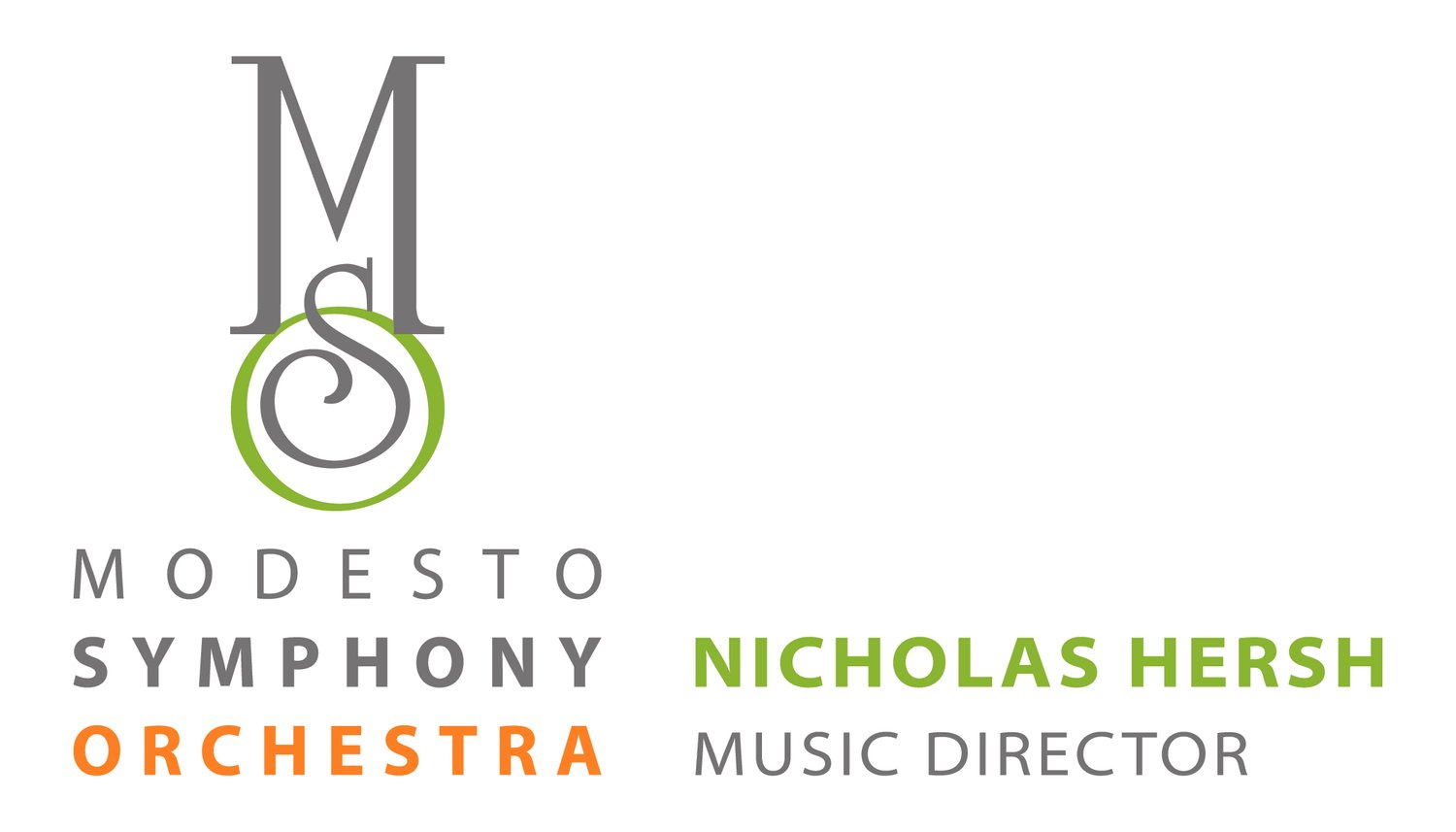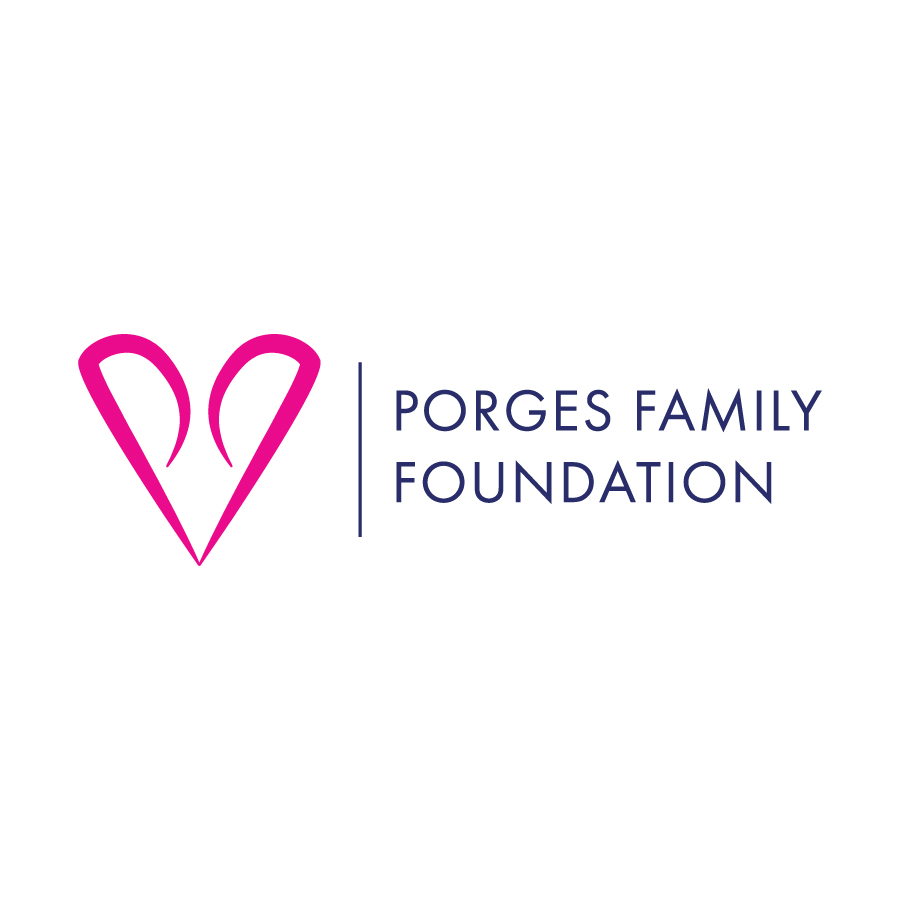Program Notes for March 15 & 16, 2024
Symphonic Soundtrack
Gioachino rossini (1792-1868)
Overture to La Gazza Ladra (1817)
This piece was chosen by violinist Josephine Gray
"Who Is the wittiest composer? Mozart, Rossini or perhaps Berlioz? My first memory of the Thieving Magpie overture during my early childhood in the UK was it being a musical joke as the opening drum roll caused the entire audience to spring to their feet, mistaking it for God Save the Queen! Rossini was undoubtedly a master entertainer and a musical tease, showing off the virtuoso winds and strings, and the pompous brass and percussion. He sure knew how to build momentum and excitement and has scored the magpie protagonist perfectly with lilting, graceful, cheeky and mischievous themes and masterful orchestration."
Giovanni gabrieli (1554-1612)
Sonata pian’e forte (1597)
This piece was chosen by principal viola, Patricia Whaley
In addition to the many philosophical and scientific advancements brought on by the Italian Renaissance, music also saw significant innovation, including a standardization of notation to something very close to what we would recognize in modern sheet music. The prolific Venetian composer Giovanni Gabrieli gave remarkably clear instructions to performers in his written music while he served as maestro of St. Mark’s Basilica, including, in the case of his 1597 Sonata pian’ e forte, which passages should be played forte (loud) and which piano (soft)—indications we still use today. In St. Mark’s, the musicians were traditionally split into two groups in choir lofts facing one another, and Gabrieli wrote much of his music with this layout in mind, making extensive use of echoes and call-and-response; today, we can recreate this almost 500-year-old style to great effect with brass instruments laid out in a similar “antiphonal choir” setup.*
*Program Notes written by Nicholas Hersh, music director
jessie montgomery (b. 1981)
Starburst (2012)
This piece was chosen by principal viola, Patricia Whaley
"I love Starburst! I hope you will too. It’s full of wonderfully bright, propulsive energy, and it shows off the wealth of different sounds and colors that strings alone can produce, using all the different techniques we have at our disposal. Jessie Montgomery, a violinist herself, writes in a style that’s both distinctly modern and still welcoming for all listeners, as well as being challenging but eminently playable for us."
aARON COPLAND (1900-1990)
Clarinet Concerto (1948)
This piece was chosen by violinist Josephine Gray
"I suggested this piece because my late father played jazz clarinet and saxophone.For me the first movement has a heart rending plaintiff quality that reaches my soul in a poignant and nostalgic way. It's not particularly sad, but just very human. Pain and hope, serenity coupled with disquiet as it goes in harmonic directions that are unexpected. After a cadenza bridge which introduces the jaunty theme of the second movement, Copland uses slap bass and Latin American jazz themes to set up a kind of musical race that's bright, intricate and overwhelmingly fun ending with a Gershwin "smear" flourish."
Gabriel faure (1845-1924)
Sicilienne from Pelleas and Melisande Suite (1948)
This piece was chosen by Don Grishaw, violin
"I first heard it when I was in fourth or fifth grade, on the radio... It's a magical piece with a beautiful melody."
The slow, symbolism-laden words of Belgian playwright Maurice Maeterlinck’s 1893 Pelléas and Mélisande never saw much success until the play was set to music—multiple times, by musical luminaries like Claude Debussy, Arnold Schoenberg, and Gabriel Fauré. Fauré used a light touch: the play was staged in an English translation and Fauré only added incidental music (music usually played only during scene changes or in the background). Matching the moody story of forbidden love, the most well-known segment of music is the “Sicilienne,” which accompanies Mélisande playing the flute for her lover Pelléas by a well, the gentle lilt to its rhythm in a dreamy 6/8 time adding an air of antiquity.*
*Program Notes written by Nicholas Hersh, music director
Igor stravinsky (1882-1971)
Suite from The Firebird (1919)
This piece was chosen by principal viola, Patricia Whaley
Igor Stravinsky was a 20th-century chameleon—he explored several different musical styles over the course of his nearly one-hundred-year life, from experiments in modernist atonal music to a conservative “neo-Classical” style. Russian by birth, he soared to fame (and scandal) in Paris with his late-Romantic, folk-infused Ballets Russes, which included the infamous Rite of Spring, so avant-garde that it allegedly started a riot at its premiere. Among his earlier successes in Paris was the 1910 ballet The Firebird, a retelling of an ancient folk tale of a young warrior-prince defeating a monstrous sorcerer with the help of a magic bird. The music is immensely evocative and a tour-de-force of orchestration, from the low strings depicting a shadowy forest, to the frenetic xylophone and trombone glissandos of the sorcerer’s wild minions, and finally to the majestic horn call that marks the hero’s victory over evil.*
*Program Notes written by Nicholas Hersh, music director
John williams (b. 1932)
Princess Leia’s Theme from Star Wars (1977)
This piece was chosen by music director, Nicholas Hersh
"This is really one of the first pieces of music that I would have heard as a kid that used the orchestra in a huge and engaging way, and watching Star Wars as a kid is a fundamental part of my upbringing. This music is written so beautifully by John Williams with this soaring, beautiful melody, which really left a mark on me and may have even set me down a path to become the conductor I am today. Performing Williams's musicis always such a privilege because he just knows how to write for the orchestra to make it sound its absolute best. Every instrument is involved. Every instrument gets an interesting line to play. In addition to hearing these lush harmonies and soaring melodies that we instantly associate with our favorite characters from Star Wars."
















